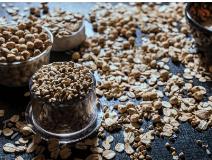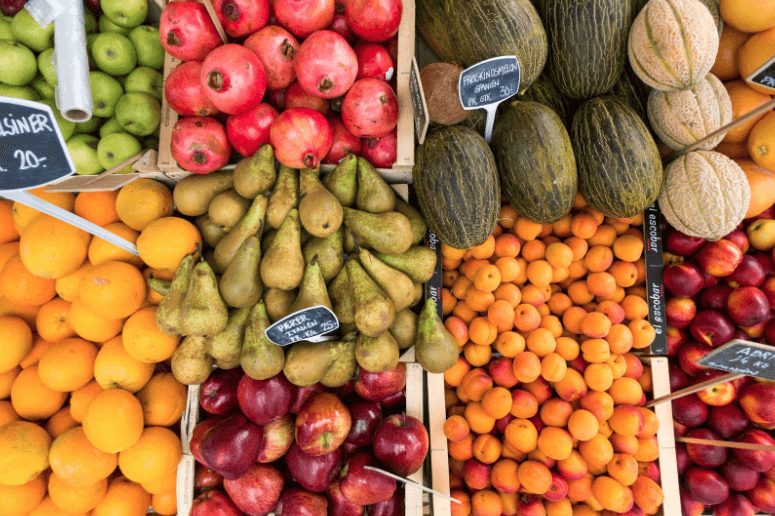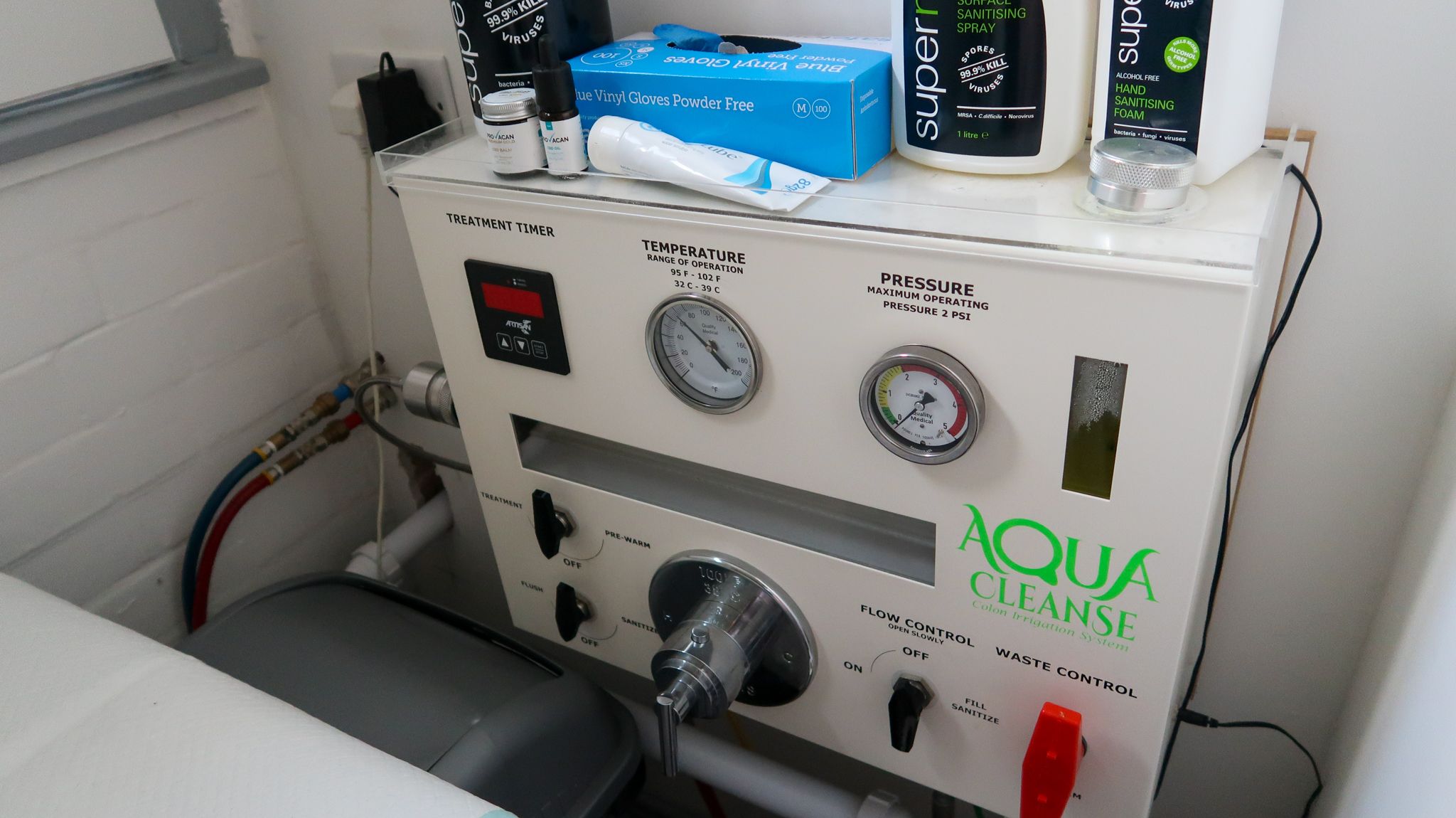Brightening Your Days: How to deal with Seasonal Affective Disorder
If shorter days and weather changes leave you feeling drained and blue, If you find yourself experiencing changes in mood, energy levels, or motivation during autumn and winter, you might be grappling with SAD or seasonal affective disorder.
You need not worry, though, for there are numerous ways and coping mechanisms to help you navigate this challenging period. All you need to know is that you’re not alone; it is a very common form of depression that we’ve probably all experienced some time in our lives. So, read on to find out what seasonal affective disorder is, how it can affect you during the winter season, and what you can do to deal with it effectively.
What is seasonal affective disorder?
SAD is a form of depression or low mood that occurs in the autumn and lasts throughout the winter. That’s why you’ve probably heard it called winter depression. When you have SAD, you will experience “the blues” or a more downbeat mood as winter begins, with its shorter days. As the weather warms and the days become longer, your mood tends to improve and you feel lighter.
What causes seasonal affective disorder?
Research has shown that SAD is linked to the reduction in sunlight, which is why it appears during the months of autumn and winter. Lack of sunlight disorients the hypothalamus- the base of the brain, which is responsible for a wide range of functions.
The malfunction of the hypothalamus leads to the disruption of the body’s circadian rhythm, the 24-hour clock that regulates how we function during sleeping and waking hours. This is probably due to the lowered levels of vitamin D, melatonin and serotonin, which are controlled by the hypothalamus. The lack of those precious hormones, along with the lack of Vitamin D, leads to feelings of depression, lack of energy and sleepiness, and the symptoms don’t stop here.
What are the symptoms of seasonal affective disorder?
Regardless of the causes of SAD, the signs and SAD symptoms typically include:
- Low moods that don’t change
- Feeling irritable, stressed, anxious or tearful
- Avoiding socialising
- Having difficulty concentrating
- Increased appetite, particularly for carbohydrate-heavy foods
- Gaining weight
- Lethargy
- Having tiredness or low energy
- Lossing of interest in activities you used to enjoy
If you’ve experienced those symptoms, it’s time to alleviate them. Dealing with SAD might be difficult, but it is not impossible to beat.
How to deal with seasonal affective disorder?
1. Consult a trusted healthcare professional
SAD needs to be diagnosed by a mental health or healthcare professional. So before you diagnose yourself, visit a healthcare professional you trust. The healthcare professional will do a screening to determine if you have SAD rather than another type of depression and guide you on the best ways to fight SAD.
2. Socialise
When we have SAD we simply don’t want to go out, and it’s normal since, in wintertime, we want to avoid the cold outside. But studies have found that there is a connection between emotional and social loneliness and depression so it is important to make an effort and stay connected with friends and family, even if it is difficult to meet in person.
Schedule a Google Meet with friends or call them on Viber. Try online activities such as board games or virtual movie nights. Joining online communities can also be a great way to stay connected. Consider taking advantage of virtual fitness classes or streaming your favourite shows together. Find ways to be creative with your virtual activities. Have fun and make memories together.
3. Exercise
Outdoor exercise is highly effective at alleviating SAD symptoms as it exposes the body to daylight. If it’s too cold to exercise outside, you can still hit the gym or use your home’s stationary bike.
Generally, exercise is especially beneficial for people with mild to moderate depression, as it can boost their moods. It doesn’t matter what type of exercise you do, as long as it suits your body and you enjoy it. Therefore, if you can force yourself to start 15 to 20 minutes of walking, dancing, or yoga, it is sure to lift your spirit. Most importantly, you’ll be surprised to find out that you’ll get used to it. After a while, exercise will become your favourite activity since it releases endorphins that make you feel good.
4. Increase your intake of Vitamin D
Make sure you get enough sunlight during the day, and incorporate vitamin D-rich foods into your diet. Salmon, mackerel, and sardines are the best sources of vitamin D, while other sources include egg yolks, red meat, and liver. You can also try a Vitamin D supplement, which makes it easier to manage and regulate intake levels, especially when natural sources or dietary changes aren’t sufficient to meet the body’s requirements. Alternatively, you can consider a Vitamin D injection which will help replenish quickly your vitamin levels and make you feel as good as new.
5. Increase your levels of serotonin and melatonin
There are lots of natural ways to boost serotonin and melatonin in your body. To increase melatonin, try foods like goji berries, cherries, salmon, or eggs. To increase your serotonin levels easily, consider taking a Vitamin B6 supplement.
6. Try phototherapy
According to the Mayo Clinic, with a phototherapy or light therapy box, you can alleviate the symptoms of SAD. A light therapy box mimics sunlight, causing a chemical change in the brain to lift your mood and ease other symptoms of SAD. All you have to do is sit in front of the light box for about 20 to 30 minutes within the first hour of waking up in the morning.
7. Indulge in a massage
Massage may help relieve the physical symptoms associated with depression, such as back pain, muscle aches, fatigue and sleeping problems. For example, a lava stone treatment combines relaxing warmth and refreshing coolness, encouraging the body to detox, re-energise, relax, and heal.
8. Put a patch on
Wellness patches are the self-care innovation you should know. They provide your body with essential nutrients, plus they’re easy to apply. Need a boost? Pop on an energy patch and feel the power surge. Struggling to sleep? Let a sleep patch work its magic to lull you to sleep. These patches are simple, effective, and your body’s new best friends!
9. Use flaxseed oils
Flaxseed oils are high in omega-3 fatty acids and are known to improve mood status as they help to promote photon and electron activity within the body. Consult a healthcare professional for the option of using a flaxseed enema that leaves you with an enhanced feeling of calmness or a flaxseed oil supplement
10. Maintain a schedule
Behavioral scientists believe that the most powerful tool in your arsenal is plan-making. Plan-making helps you deal with your problem by simply pushing yourself to follow through with your goals. So just keep a steady schedule of everything you do during the day. Program your sleeping schedule, work time, exercise and meals.
In that way, you can tune your circadian rhythm and thus avoid overeating, improve your sleep and energy levels, and stay focused and productive throughout the day. Motivating yourself with it is the best thing you can do.
Bottom Line

Dealing with SAD is a journey that requires patience and self-compassion. With proper planning and execution, you will be able to manage your symptoms and reclaim your vitality. So don’t give up; start your journey to healing.
If you’ve enjoyed this blog post and you want to learn more about remaining energised and healthy, we suggest visiting our blog section for more interesting stories. You can contact us with any questions you might have, and we’ll be happy to assist you.































